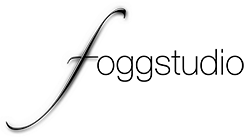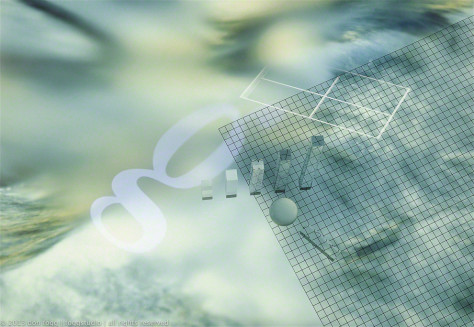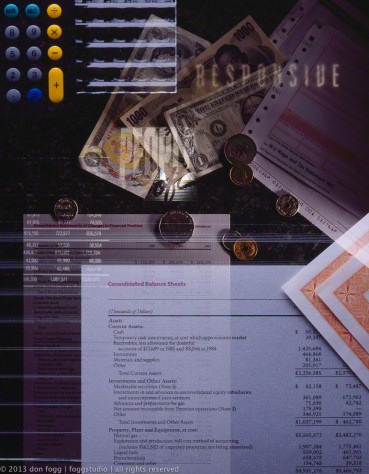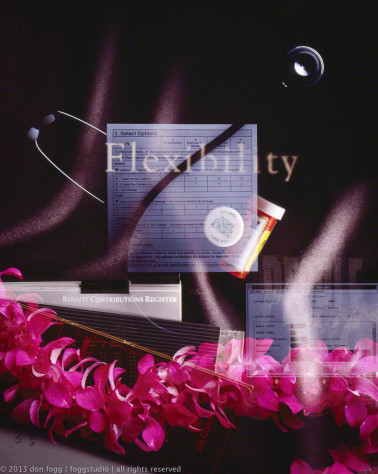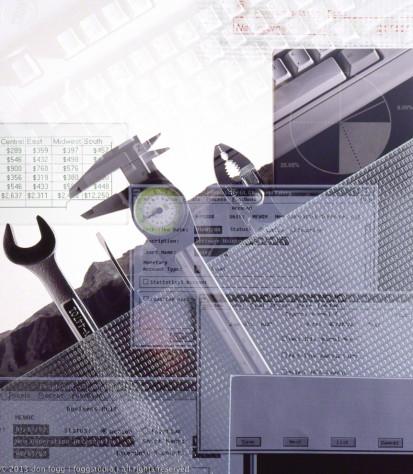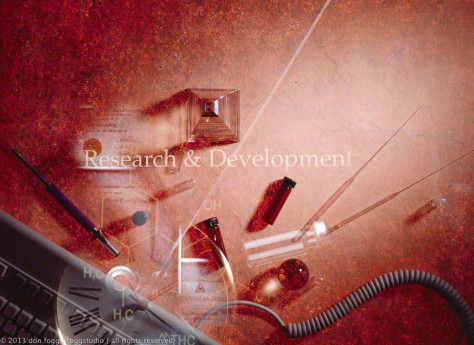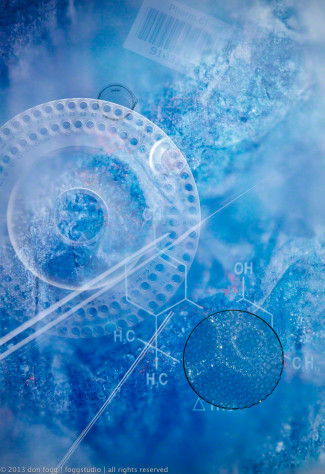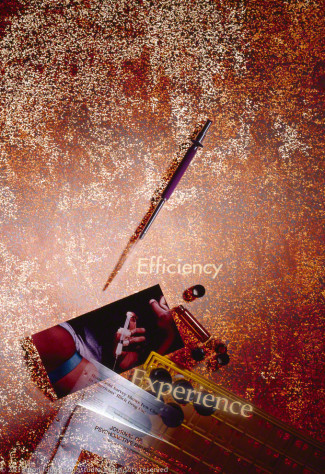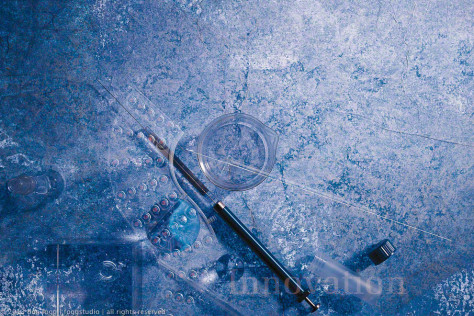Thoughts on multiple camera shoots and imagery, the process, designs in the present and future ::
These images are a large part of my history and repertoire. Their production technique has been replaced by great new digital methods; but, the thought process of planning, designing, propping and finally creating each image is so so valuable and timeless. The images in this gallery were all created before the digital age. They’re all created with many 4×5 cameras all set up simultaneously in studio and the final, deliverable product, was an image on large format, 4×5 or 8×10 film. They’re organic, not perfect. Each exposure is a little different because of camera, film holder, development anomalies. Sometimes just the way I stood on a tall ladder and blocked the light differently with my body made a tiny difference.
I’ve done many advertising campaigns, lots of annual reports and tons of packaging, collateral and other media over the years using these techniques. The text is all shot through large duratrans and varying types and layers of diffusion and exposed right onto the film the old fashioned way. There are lots of “in camera” techniques applied so sets, (different cameras usually seven or so) can mask each other out and register on film. Remember, once film is exposed, it’s exposed. So keeping the film “black” is an art, it’s tough. But, this kind of assignment is time and cost prohibitive these days. It had it’s place.
I chose to resurrect some of my favorite projects because they reveal a kind of storytelling, through symbols and words, that still has it’s place in the communication arts which had it’s roots at a time when both Silicon Valley and the Biotech world were exploding. They needed a way to get their, often very complicated, messages out. This work took tons of patience, experimentation, and intense focus on every step of the process. 4×5 E-6 took just over an hour to turn around and consistency in development was essential. So much could go wrong. The cool part was that some of those “mistakes” were amazing.
Now, thanks to Photoshop and layers, this is so much more manageable; and, the same each time too. I miss the little accidents that used to happen and the organic look of images bleeding into one another though. For “future business”, what’s important to see and feel is the sensibility to the story, to space, design and composition. Using props as icons to tell stories is nothing new but the techniques are always changing. Just think of the gorgeous still life images from the Dutch Golden Age, which evolved from simple depictions of the newfound middle class wealth into complex allegories with many layered meanings.
